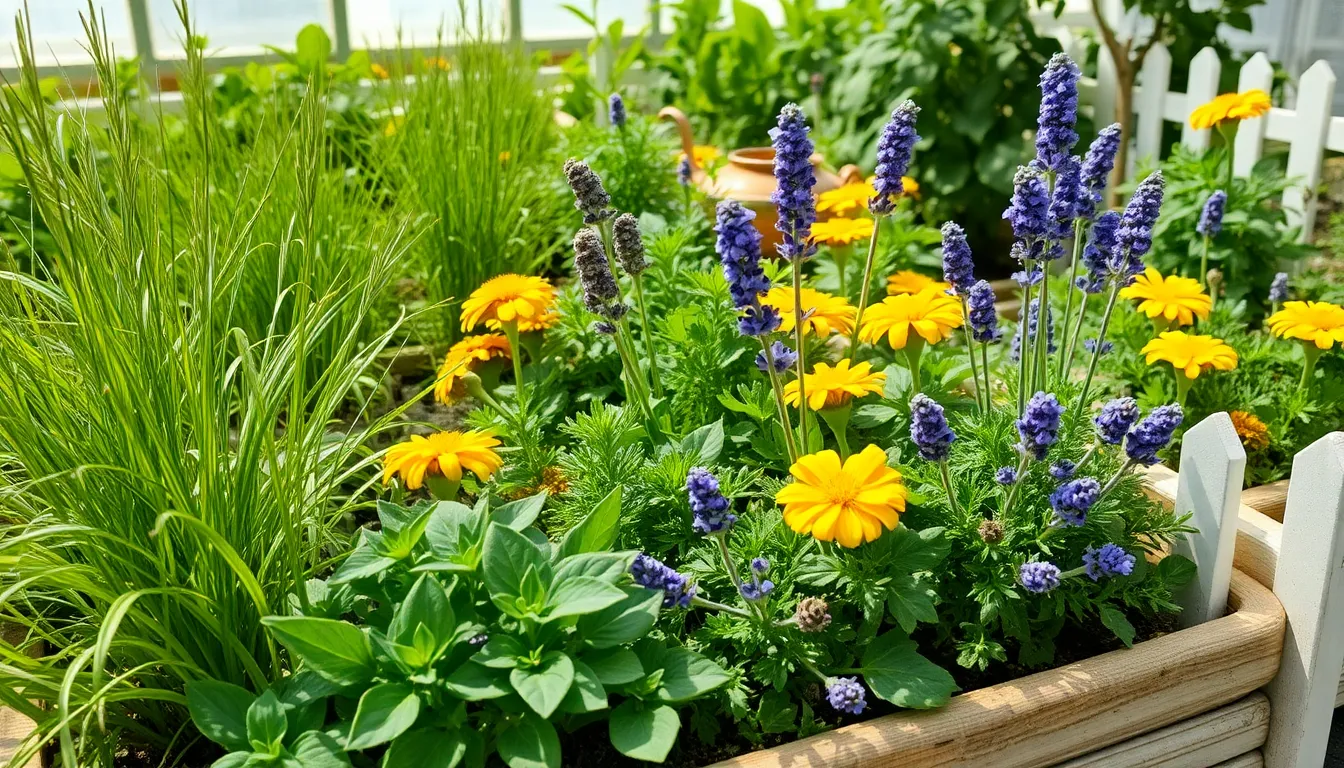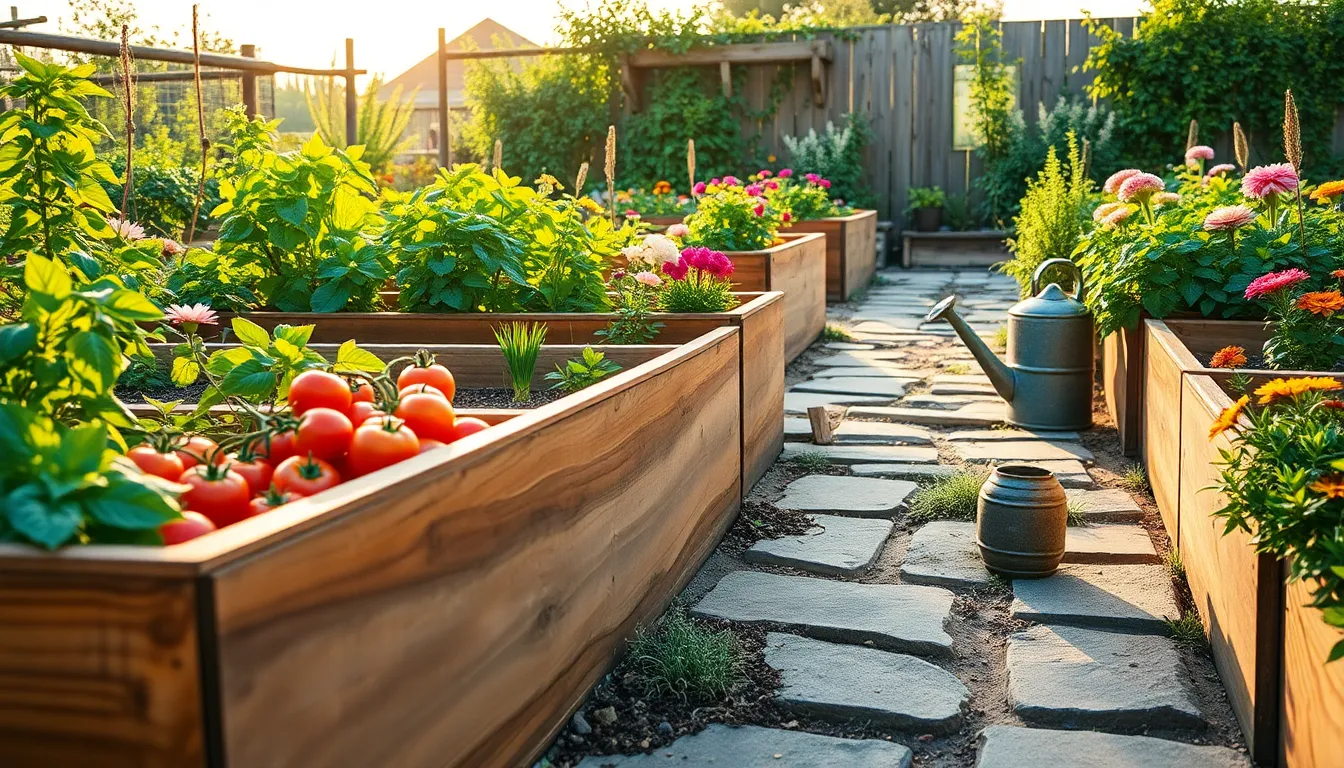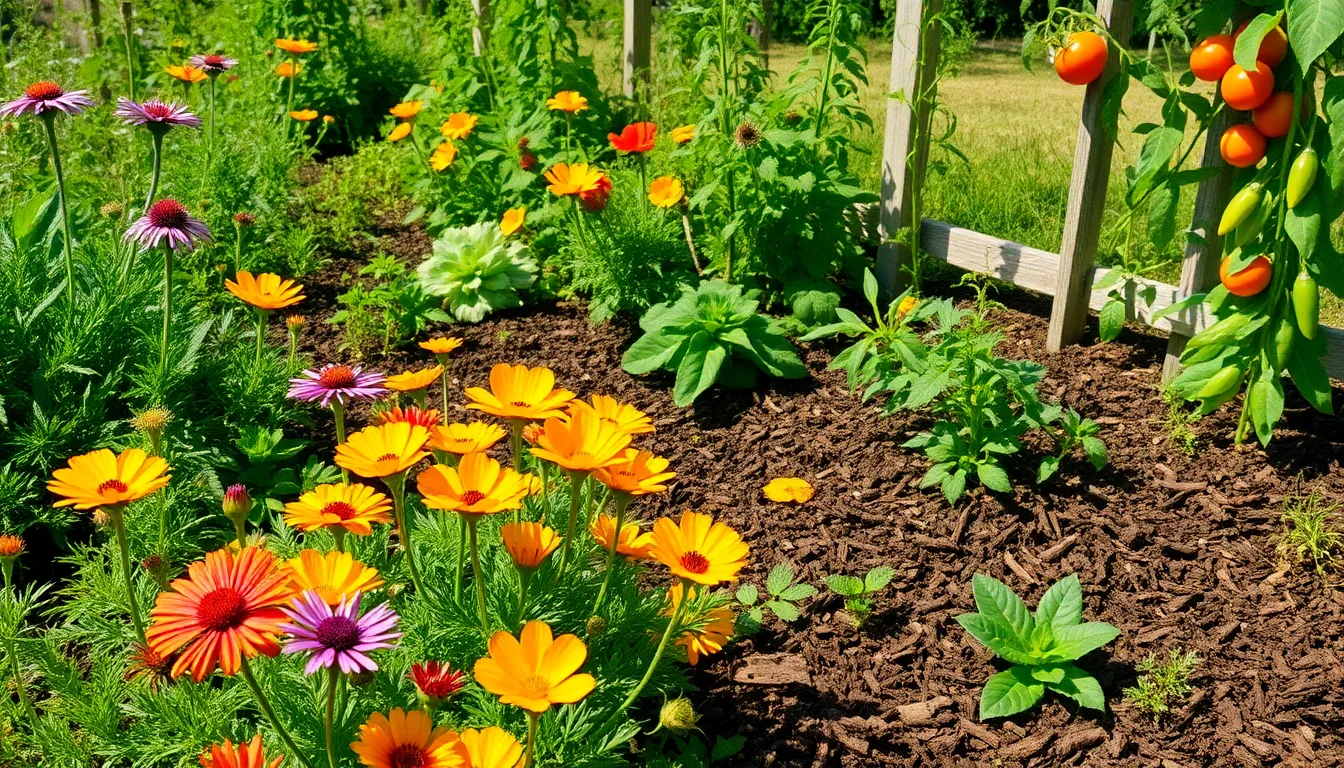Gardening is a joyful dance with nature, where every leaf, bloom, and harvest brings a sense of fulfillment. Yet, for both budding gardeners and seasoned green thumbs, the sight of snails nibbling away at tender plants can be disheartening. These small but mighty munchers are notorious for leaving a trail of destruction, turning your vibrant garden beds into a buffet of holes and missing leaves. Understanding how to keep these persistent pests at bay is crucial for anyone hoping to maintain a flourishing garden.
In the delightful journey of cultivating thriving garden beds, learning to manage snail invasions is a skill worth mastering. Whether you’re planting your very first patch or nurturing a mature oasis, a few simple strategies can make all the difference in protecting your plants. In this article, you’ll discover effective, environmentally friendly ways to deter snails, ensuring your garden remains a lush, inviting sanctuary. From practical barriers to natural predators, we’ll equip you with the knowledge to fend off these unwelcome visitors.
As you embark on this snail-proofing adventure, you’ll find that a harmonious balance between nature and nurture is the key. With each tip and technique, you’ll gain confidence and insight, transforming your garden into a resilient refuge. Whether you’re seeking immediate solutions or long-term strategies, this guide promises to empower you with practical, actionable steps. Dive in, and let’s ensure that your garden beds flourish, undisturbed by these cunning little critters.
Understanding Snail Behavior
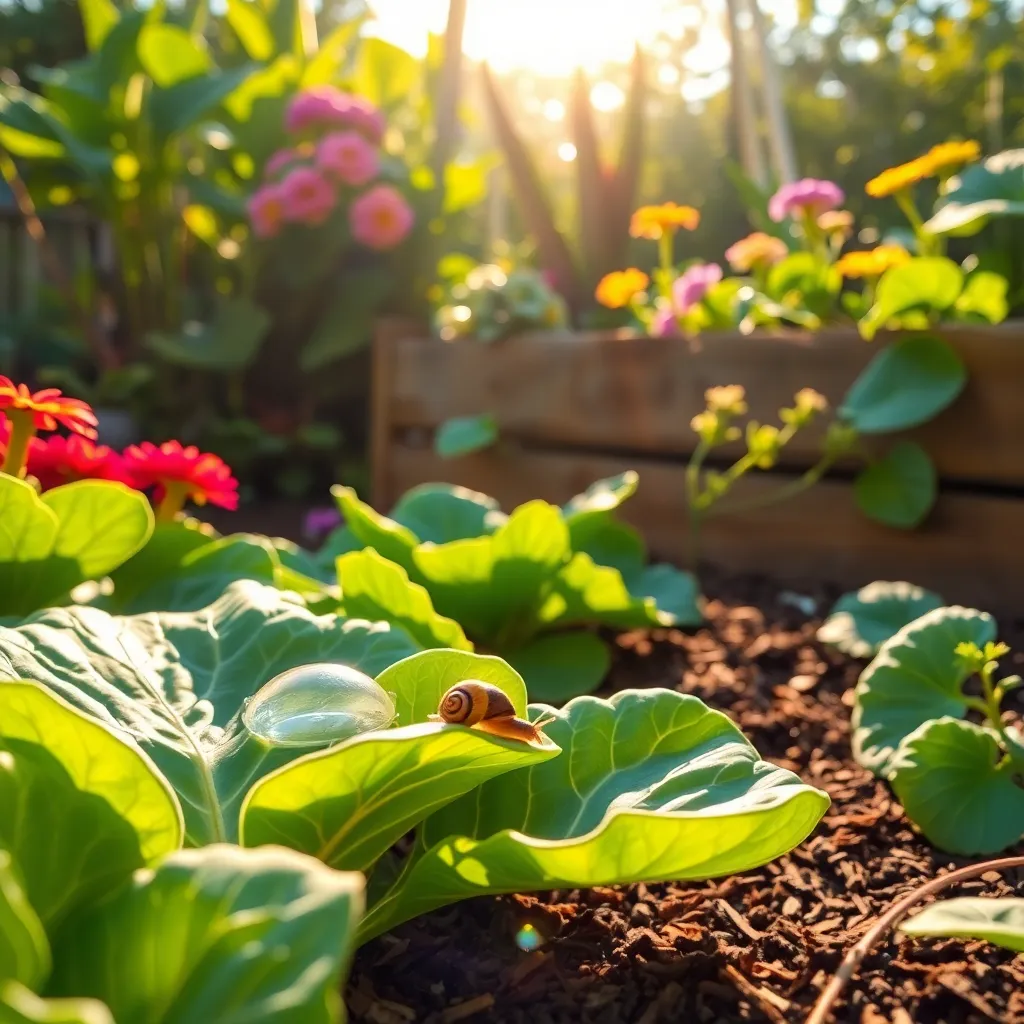
Snails are most active during the night or on cloudy, damp days when they can move more easily across the moist soil. To deter them, it’s important to water your garden in the morning, allowing the soil to dry by evening, creating a less inviting environment.
Observing snail behavior can help gardeners understand how to prevent them from feasting on plants. For example, snails prefer tender, young leaves, so consider using cloches or row covers to protect seedlings and new growth.
Another key aspect of snail behavior is their preference for hiding spots during the day, such as under rocks or dense foliage. By keeping your garden tidy and removing such debris, you reduce the number of potential shelters for snails, making your garden less attractive to them.
Experienced gardeners often use barriers to protect their plants, as snails tend to avoid rough surfaces. A sprinkle of crushed eggshells or diatomaceous earth around plants can create an effective physical barrier that snails are reluctant to cross.
Identifying Common Garden Snails
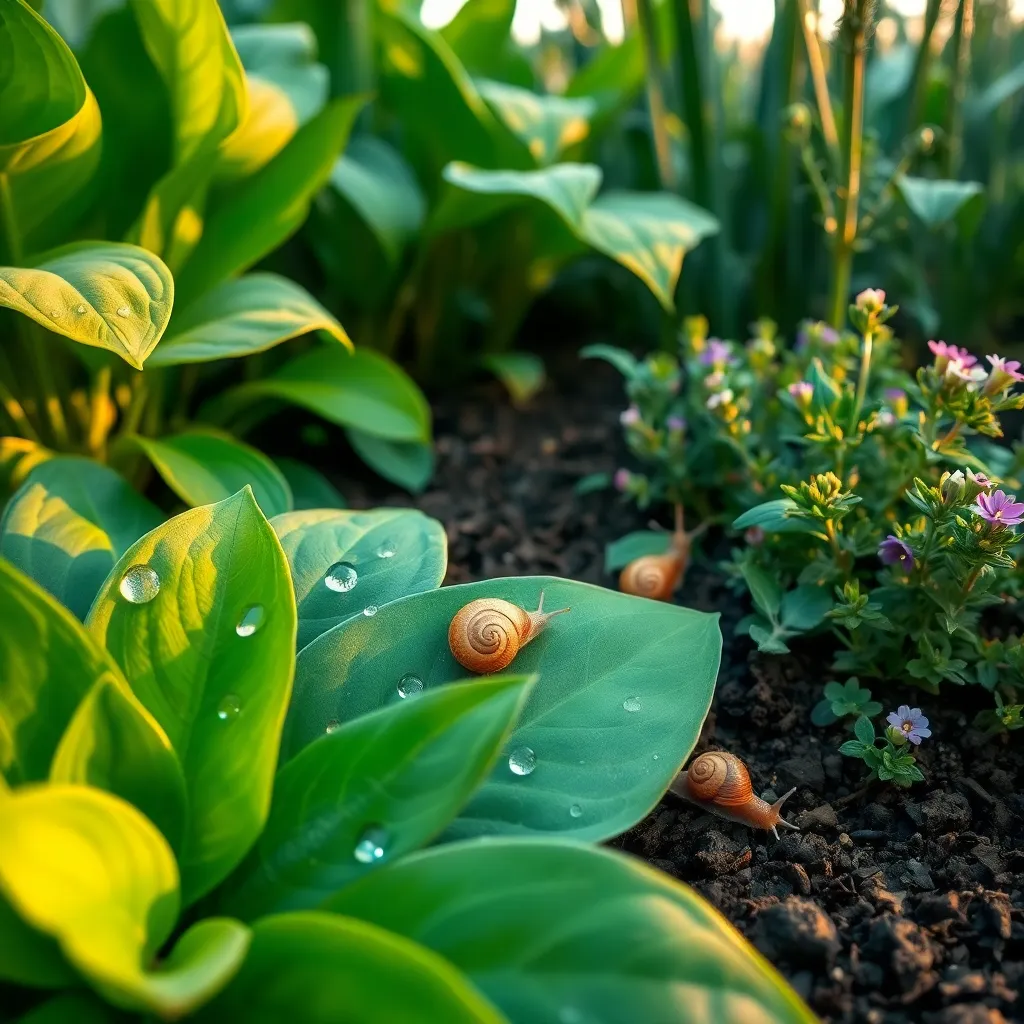
Garden snails, known for their slow pace, can cause significant damage to your plants by feasting on leaves and stems. Identifying these pests is the first step towards protecting your garden beds from their munching habits.
Begin by examining the snails’ shells, which are usually brown or gray with spiral patterns. Common garden snails like the Brown Garden Snail (Cornu aspersum) are prevalent in many gardens and easy to spot.
Look for their slime trails, which are a telltale sign of their presence and activity during the night. These trails can be found glistening on your garden paths and plant leaves in the early morning.
If you notice irregular holes in your plant leaves, it’s likely snails have been feeding there. Check the undersides of leaves and around the base of plants, as snails often hide during the day to avoid the sun.
To manage them effectively, consider setting up barriers like copper tape around the base of your plants. Copper gives snails a harmless electric shock, deterring them from crossing over into your garden beds.
For a more hands-on approach, try handpicking snails in the evening when they are most active. Dispose of them in a bucket of soapy water to prevent their return to your garden beds.
Encourage natural predators such as birds and frogs, which can help keep the snail population in check. Additionally, maintaining a healthy, diverse garden ecosystem will naturally reduce the number of snails.
Natural Barriers for Snail Control
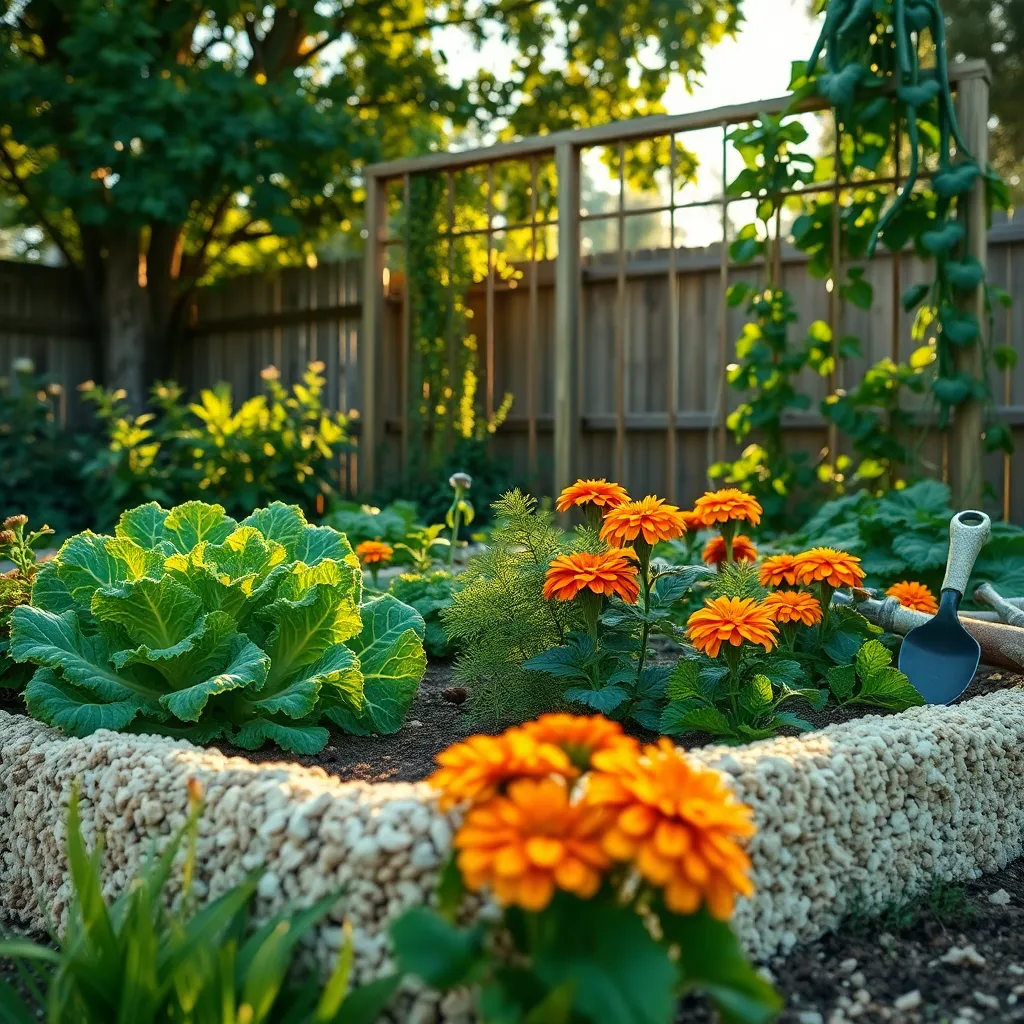
Creating natural barriers is an effective way to keep snails out of your garden beds. These barriers can be made from materials that are either unpleasant or difficult for snails to cross, providing an eco-friendly solution to snail control.
One simple method is to use crushed eggshells around the base of your plants. The sharp edges deter snails, making it uncomfortable for them to glide over.
Another option is to use a barrier of copper tape or wire around your garden beds. Snails dislike the mild electric charge they receive upon contact with copper, which effectively discourages them from crossing it.
For gardeners seeking a more natural aesthetic, consider planting a border of aromatic herbs like rosemary or sage. These plants not only add beauty but also act as a natural deterrent, as snails tend to avoid strong scents.
Incorporating these natural barriers not only helps protect your plants but also promotes a healthier, chemical-free garden environment. Experimenting with different materials can help you find the most effective solution for your specific garden conditions.
DIY Snail-Repellent Solutions
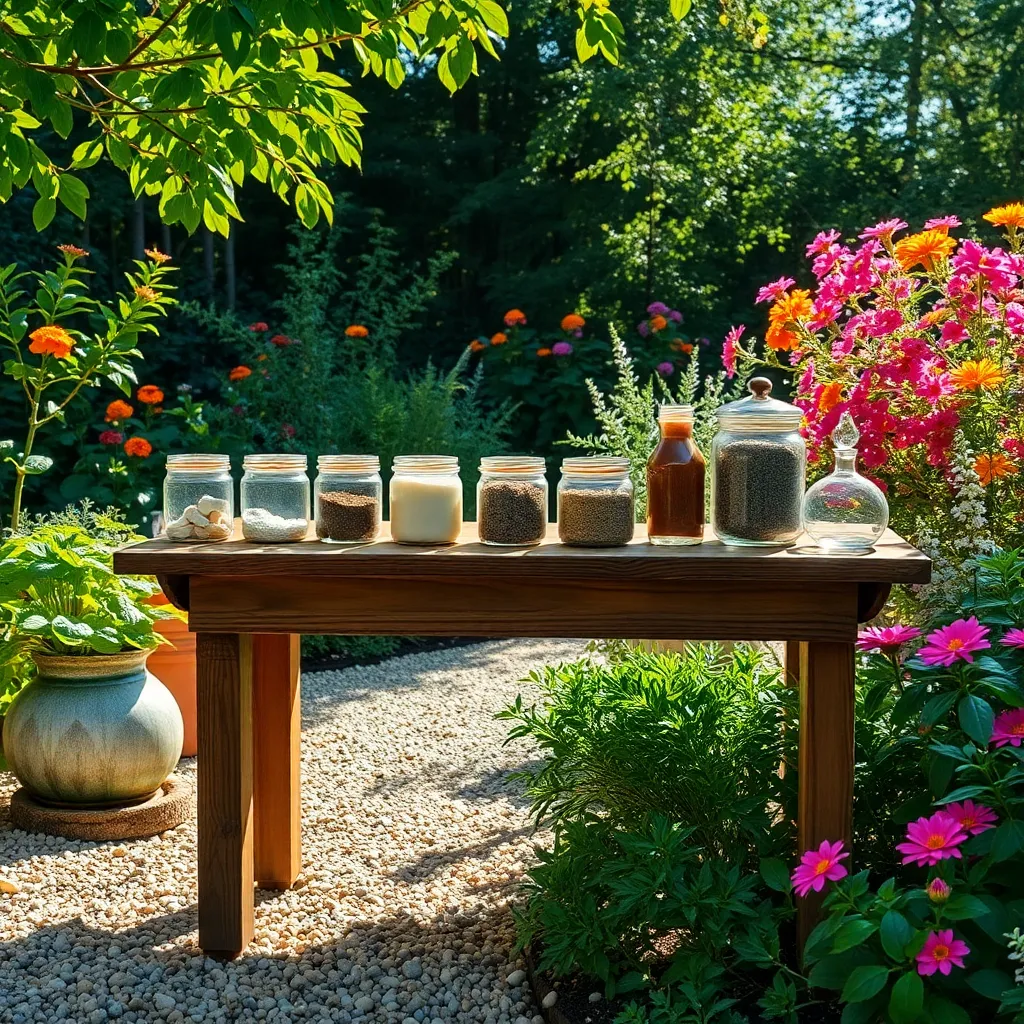
One effective DIY solution for repelling snails is to create a barrier using crushed eggshells. Sprinkle them around the base of your plants; the sharp edges will deter snails from crossing.
Another practical method involves using copper tape, which can be wrapped around the edges of garden beds. The copper reacts with the slime that snails produce, creating a mild electric charge that snails find unpleasant.
Consider brewing a garlic spray to naturally repel snails; it’s both easy to make and effective. Simply crush a few cloves of garlic, boil them in water, and spray the cooled mixture onto plants every week.
For a more advanced approach, introduce decoy plants like nasturtiums or mustard greens, which can distract snails from your main garden crops. Plant them strategically around the perimeter to draw snails away from more vulnerable plants.
Long-Term Garden Maintenance Tips

Maintaining your garden beds over the long term requires consistent attention to ensure they remain healthy and free from pests like snails. Begin by regularly inspecting your plants for any signs of snail damage, such as chewed leaves or slime trails, and act swiftly if you spot them.
It’s essential to keep the garden bed environment less inviting to snails. Clear away fallen leaves and debris where snails may hide, and consider adding a layer of coarse mulch, which deters their movement.
For effective watering, aim to do so in the morning. This allows the soil to dry out during the day, making it less appealing to moisture-loving snails at night.
Incorporating companion planting can also be beneficial. Try planting garlic or mint, as their strong scents are natural repellents that can help keep snails at bay.
For those with more experience, consider introducing natural predators like frogs or ground beetles. These creatures can help control the snail population organically.
Continuously monitor and adjust your soil’s health to support plant growth. Use a well-draining soil mix, and add organic compost to enrich the soil, ensuring your plants thrive and are less susceptible to pest damage.
Conclusion: Growing Success with These Plants
In exploring the intricate balance of maintaining flourishing garden beds, we’ve uncovered five essential relationship concepts: communication, boundaries, consistency, understanding, and growth. Just as thriving plants need protection from snails, relationships flourish when nurtured with thoughtful dialogue, clear boundaries, consistent effort, genuine understanding, and a commitment to growth. These principles not only keep the unwanted snails at bay but also strengthen the roots of connection and trust.
As a practical next step, consider dedicating time this week to discuss with your partner how you both can better protect and nurture your relationship garden. This intentional conversation can lay the groundwork for ongoing success and resilience in your partnership.
Remember, relationships require continuous care and attention. Bookmark or save this article as your quick-reference guide to relationship success. Let it serve as a gentle reminder of the steps you can take to cultivate a loving, enduring connection.
Looking forward, embracing these principles can lead to a more fulfilling, harmonious relationship. With these tools at your disposal, you’re well-equipped to navigate any challenges and foster a partnership that thrives. Empower your relationship garden to bloom beautifully—starting today.

